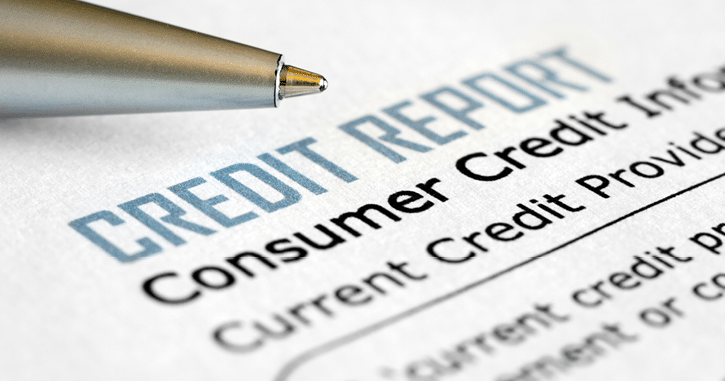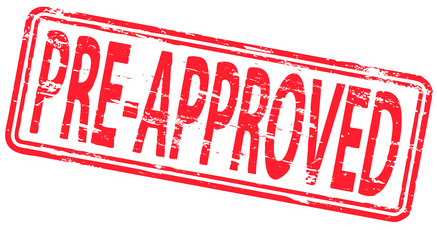 Your credit report contains information about your financial history including lines of credit and how you are settling them. It’s advisable to review your credit report at least once a year. This allows you to tell how you fair in the eyes of creditors. It also helps you to come up with ways to fix your report for the better.
Your credit report contains information about your financial history including lines of credit and how you are settling them. It’s advisable to review your credit report at least once a year. This allows you to tell how you fair in the eyes of creditors. It also helps you to come up with ways to fix your report for the better.
That said, understanding the information contained in this report can be difficult, especially for first-timers. To ensure that you don’t miss a thing, here is a guide to reading your credit report.
Credit Report Breakdown
The format of these reports varies depending on the reporting bureau that you get the report from. The information is however similar and is broken down into several fields.
Subscriber or Personal Information- Consumer Demographics
Personal information includes any information that identifies you. Here, you will find your name, address, residence type, geographical code, social security number, current or former employers, date of birth, and telephone numbers.
This field is used to identify you and does not in any way factor in your credit scoring. There could be variations in your name or addresses from different bureau which should not be a cause for concern. You should, however, make sure that each variation (if any) identifies to you and is not a case of identity fraud.
Credit Summary
This section contains your accounts and their balances. It’s a summary of bank accounts including current and delinquent accounts as they have been reported by creditors. This snapshot of your finances includes;
- Mortgage accounts
- Credit cards
- Personal loans; car, student, and other loans apart from mortgages
- Collection accounts
- Any other accounts; lines of credit or trades
The accounts’ information captured in this section also touches on the total number of open and closed accounts. Inquiries made on your report for the last two years will also feature as part of the summary.
The credit summary also gives you a quick overview of monthly payments, balances, and past due amounts. The summary will also contain any delinquencies which can be current or previous depending on what your creditor reported.
Account History
This forms the biggest chunk of your credit report. Each account is analyzed in the finest detail. This is where you need to concentrate on weeding out any inconsistencies. Each account is broken down into several fields;
- Name of creditor
- Account particulars (number, type, and ownership or responsibility)
- The highest amount ever owed
- Maximum credit approved
- Balance owed
- Past due amount
- Monthly payment
- Available revolving credit
- Dates opened and date reported
- Payment status
Account history also contains remarks to explain special conditions pertaining to the account. Remarks can also be from your creditors indicating delinquencies or simply the standing of the account- Open, Negative, or Closed.
You may find some of the information contained in this section not to be up-to-date. This might include balances on credit cards or loans which you expect to be much lower. The reason behind this is that creditors might have reported the balances long before you had made your monthly installments.
Public Records
This is one section that should worry you if it’s highly populated. It contains information from public records pertaining to:
- Bankruptcies
- State and court judgments
- Tax liens
- Overdue spousal or child support- depends on specific state
Why should this worry you?
This information stays on your credit reports for 7-10 years. If your credit report is clear on this section then it’s advisable to ensure it stays that way!
Credit Score
Some bureaus will also include your FICO credit scores on the report. This is a 3-figure scoring system that ranges from the lowest, 300 to the highest possible score of 850 points. It determines your creditworthiness in the eyes of creditors. It may also affect your chances of employment or even your rent terms.
Learn how Credit Absolute can help you increase your credit score.
Inquiries
This is a list of parties including institutions that have requested your credit report. Your report will include hard and soft inquiries: Hard inquiries are requests made by creditors after you have authorized them when applying for loans or credit cards. Soft inquiries are the ones made by creditors (without your knowledge) for promotional purposes.
The Take-Away
Credit reports can be difficult to read, leave alone understanding the entries. The above breakdown should guide you in identifying the important details contained in each section. Pro Tip: Be on the lookout for any inconsistencies that may point to errors originating from your creditors, the reporting bureau, or as a result of fraud. Such errors could be lowering your credit score and should be disputed immediately.



